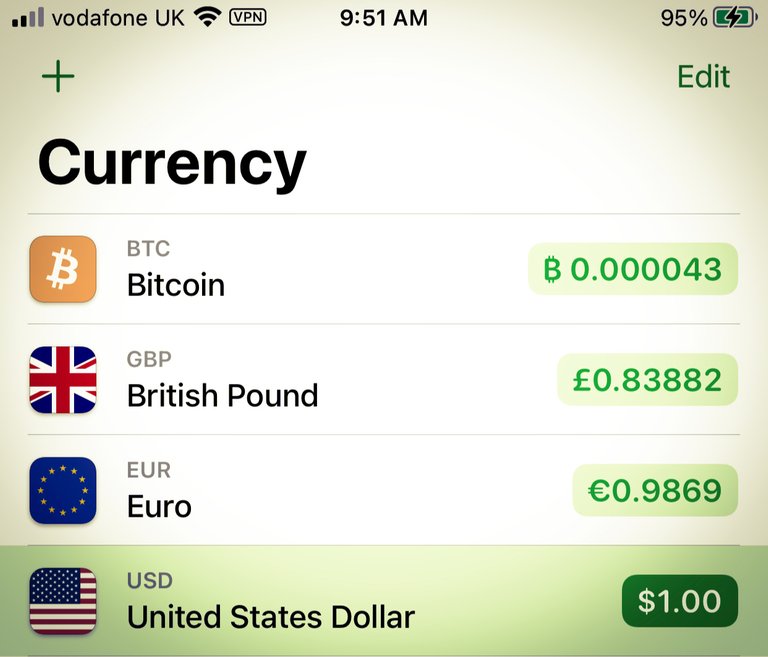
The value of a dollar has changed over time, whether it was last year, the year before, or a few decades ago. Since the 1980s, when the rate of money printing and inflation has skyrocketed, the value of the dollar and other money has been eroded by the teeth of time.
You can see here how much money can lose in value over a period of time. In the last 50 years, the dollar's "real value" has fallen, raising concerns about the dollar's long-term viability. Data shows that the US dollar has depreciated six times in the last 50 years. The real value of $1 was $1 in 1972, but today it is only worth $0.14. This information comes from the US Department of Labor and was calculated by researchers at Officialdata.org

As a result of devaluation, the equivalent of a dollar in 1972 is now $7.09. When a dollar becomes worth $7.09 over time, its "real value" decreases. This means that you can buy fewer things with a dollar. The current inflation rate is 9.1%, the highest since 1981 when it was 10.32%. In 1980, 13.50% was the highest rate ever recorded.
Even when the economy has recovered from severe crises like the 2008 recession or the ongoing Covid-19 pandemic, inflation in the United States has always risen.
During the pandemic, the government continued printing money and major central banks pumped $9 trillion into the economy, resulting in the depreciation of the US dollar. The purchasing power of the dollar is depreciated when inflation is high. In most cases, the government prints more money to compensate for the shortfall.

The Federal Reserve (Fed) has also played a significant role in the dollar's devaluation. As a result of Congress passing stimulus packages to help people and businesses stay afloat, more money has been generated while interest rates have remained high. Meanwhile, imbalances in the US budget have reached dangerous levels, contributing to rising inflation. In the past, huge deficits have been associated with rising inflation.
Fuel prices, food prices, new car prices, mortgage rates and so on are all on the rise. It's also possible that inflation won't return to pre-pandemic levels for a minimum of three years or more.
It is likely that the dollar's value will continue to fall, thus eroding its status as a safe haven currency.
Investors are now considering investing in gold since gold has traditionally been a safe haven during economic downturns. In the event that the currency falls faster than expected, gold investors could profit - in turn, that would lead to hyperinflation. Analysts however, believe that gold will remain in the current range for some time to come.

Last but not least, the emergence of cryptocurrencies like Bitcoin has received serious support at times from institutional investors. The depreciation of the dollar is seen as one of the main reasons why many investors are turning to Bitcoin, which they often refer to as "digital gold", because of the limited supply.
All in all, investors are being cautious; the Fed raised interest rates not long ago to cope with rising prices and might do it again in a few days, which may lead to amplifying the shift away from crypto instruments in favor of a move closer to traditional markets and currency.
Another shout-out to @bradleyarrow Thank you for your continuous support!

Join ListNerds, send mails promoting your Hive posts, read mails, upvote mails and earn crypto in the form of CTP tokens, LISTNERDS tokens, and Hive (upvoting on your Hive post by the visitors from Listnerds)!
I tried my best to again use the LeoGlossary, I hope I haven't overdone it.
Posted Using LeoFinance Beta
 . Keep up the fantastic work
. Keep up the fantastic work

 . Keep up the fantastic work
. Keep up the fantastic work


